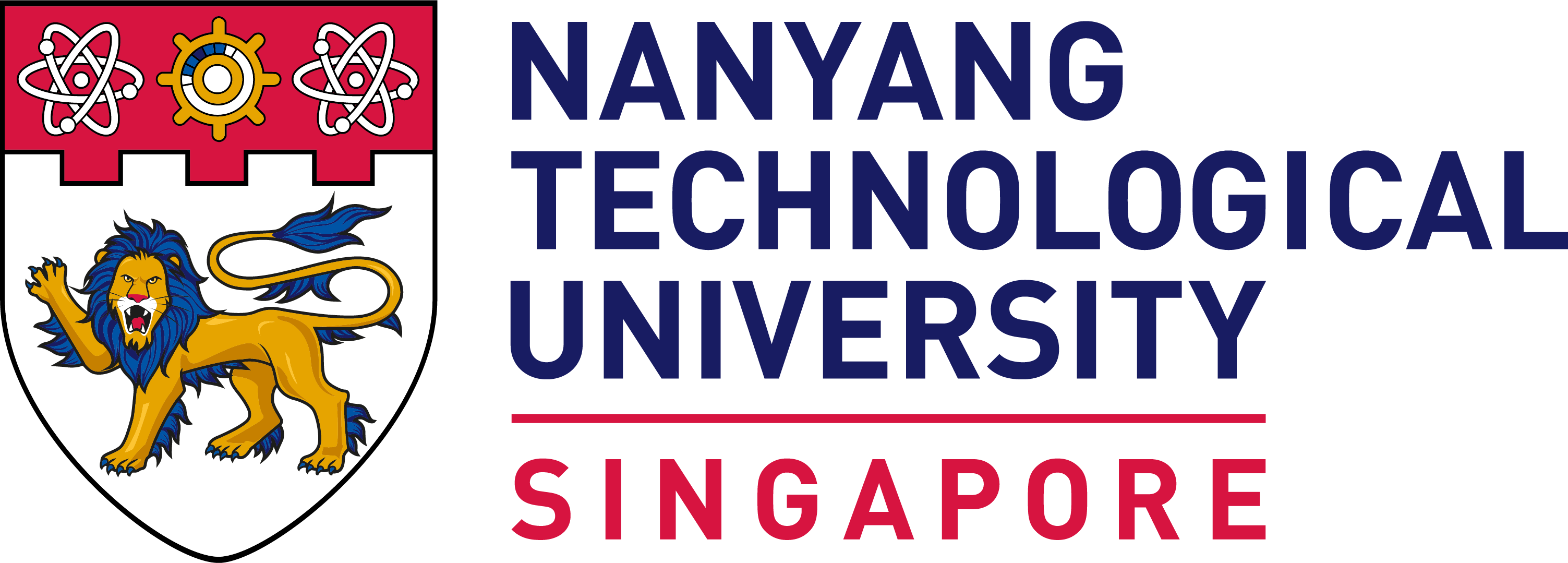House Logos

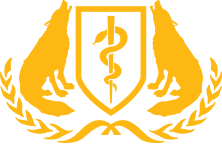
| Senior House Tutor | Dr Tanya Tierney | [email protected] |
| House Tutor | Dr Teo Boon See | [email protected] |
| House Tutor | Dr Lee Koon Guan | [email protected] |
| House Tutor | Dr Ranganath Vallabhajosyula | [email protected] |
| House Tutor | Dr Elenore Judy B. Uy | [email protected] |
| House Tutor | Mr Emmanuel Tan Chee Peng | [email protected] |
| House Tutor | Dr Allyson Soon | [email protected] |
| House Tutor | Dr Tan Yan Yuan | [email protected] |
| House Tutor | Dr Mahwash Jamal | [email protected] |
Marie Curie’s works were revolutionary—the discovery of radioactivity forever changed our perception of life. In rogue hands it had borne us nuclear weapons; in clinicians’ hands it had borne us powerful diagnostic tools.
No less revolutionary was Marie Curie’s life.
The patriot returned to Poland during the World War 1 and personally drove x-ray equipped ambulances to the front lines, ensured that her France-raised children knew their native language and had seen their native land, and dedicated naming one of her discovered elements, Polonium, after her native country.
Her hunger for excellence undergirded her pioneering spirit, where, disregarding social norms against female education, she worked her way to a place in Sorbonne, France, and ultimately became the first female Professor of General Physics in the Faculty of Sciences in Sorbonne. Her intrigue in radioactivity was not mere fascination but extended to a pursuit of greater understanding of the works of physicists Roentgen and Becquerel.
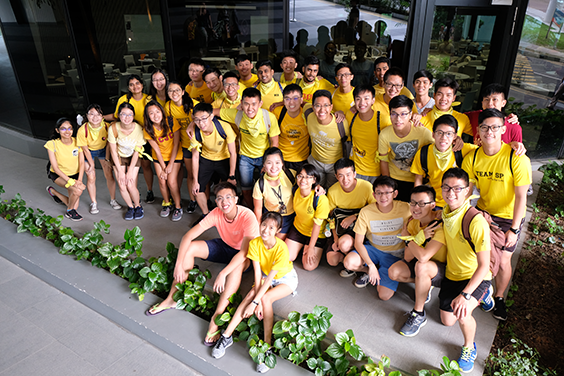
Hence, in piety, pursue. Piety, because she had a dogged appreciation for her homeland, and an unwavering focus on individual excellence societal contribution regardless of fame or tribulation. Pursue, because in all her life she knew she had a potential she had yet fulfilled.
And so we shall. As she remained true to those who mattered, and true to herself; as she challenged herself all her life—so we must, in piety, pursue.
Which creature more fitting to portray Marie Curie’s traits, than a wolf? They are pious towards their pack, and grace every challenge.
With that, our house has decided to honour Marie Curie with a wolf as our house mascot, and yellow, in remembrance of her great contribution to radioactivity, as our house colour.

| Senior House Tutor | Asst Prof Endean Tan Zie Hean | [email protected] |
| House Tutor | Dr Angela Tan Qiuli | [email protected] |
| House Tutor | Dr Chen De Quan | [email protected] |
| House Tutor | Asst Prof Joseph Leong Jern-Yi | [email protected] |
| House Tutor | Dr Tan Eng Chun | [email protected] |
| House Tutor | Dr Chew Kwei Yong | [email protected] |
| House Tutor | Dr Evelyn Dunston | [email protected] |
| House Tutor | Dr Lee Zheng-Wei, aLex | [email protected] |
| House Tutor | Dr Xiong Jingwei Rachel | [email protected] |
The otter is curious, resourceful and adaptable. They have been known to live in a variety of habitats, and are well-known for using tools such as rocks to open shellfish. These are qualities surely seen in the story behind penicillin. While others may have very easily discarded the mouldy petri dishes, Fleming instead took it and discovered something great. In the same way, we as a house hope to emulate this sense of discovery that Fleming had.

Lastly, the otter is also associated with joy and playfulness, and are social creatures that live in large communities. Above all, we chose the otter as these values represent our vision for the house. As a house, we aspire to create an environment of support away from the academic rigours of school, where above all we are able to unwind and enjoy our lives as students.
The colour green has always been associated with balance, health and life. More importantly, it is the colour of spring, nature, and represents growth and newness. We believe that this aptly symbolizes the incredible achievement of Sir Alexander Fleming in the discovery of penicillin, and how his discovery has grown and opened the world to the new field of antibiotics.

| Senior House Tutor | A/Prof Lawrence Quek Han Hwee | [email protected] |
| House Tutor | Dr Nelson Chua Ping Ping | [email protected] |
| House Tutor | Asst Prof Richard Roshan Goveas | [email protected] |
| House Tutor | Dr Su Shengyong | [email protected] |
| House Tutor | Asst Prof Tom James Carney | [email protected] |
| House Tutor | Asst Prof Siu Wing Yin Vivian | [email protected] |
| House Tutor | Asst Prof Marie Loh | [email protected] |
| House Tutor | A/Prof Christina Liew | [email protected] |
| House Tutor | Asst Prof Yew Yik Weng | [email protected] |
In both Eastern and Western culture, the horse is associated with strength, nobility and steadfastness. The French word for horse is "cheval", and it is the root word for Chivalry. So it is that Lim Boon Keng House strives to be trustworthy and honorable. While the stallion is prized for its speed and power, it is its elegance that we wish to emulate. Just like the horse, we emerge from adversity gracefully and with composure, ready to forge ahead.
In the modern age of domesticated horses, horse lovers will tell you that they are sensitive, knowing creatures, responsive to the moods and nuances of its rider. It is our hope that as future clinicians we will be as gentle and wise in caring for our patients as a mare to her foal.

We chose blue as our house colour because it is associated with intelligence and strength. Not an unbridled, wrathful display of power, but a calm assurance of inner fortitude. While on our journey to become doctors, the colour blue reminds us to cultivate a habit of contemplation as we seek to provide the best care to our future patients. With inner strength, we can then be resilient as a House, come what may.
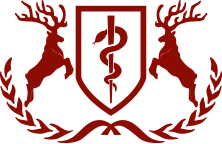
| Senior House Tutor | A/Prof Mary Wong Fong Mun | [email protected] |
| House Tutor | Dr David Lim Hock Kuang | [email protected] |
| House Tutor | Dr Ho Eu Chin | [email protected] |
| House Tutor | A/Prof Yung Chee Fu | [email protected] |
| House Tutor | Dr Sim Chee Yong Mark | [email protected] |
| House Tutor | Dr Han Siew Ping | [email protected] |
| House Tutor | Dr Ngai Qian Yi | [email protected] |
| House Tutor | Asst Prof Baptiste Didier Jose Janela | [email protected] |
| House Tutor | Dr Susan Smith | [email protected] |
Unlike other horned creatures such as the antelope, most species of deers shed their antlers every year. Similarly, we know that we need to keep up with the times, as Osler stressed upon multiple times, keeping up to date in terms of knowledge as well as in our thinking.

We chose red as our colour for our house as it is associated closely with controlled power, determined ambition and Dignity, qualities that we would like associated with our house. Furthermore, red is famous for its pinot noir and chardonnay wine varieties, and they believe firmly in the concept of terroir, which, loosely translated refers to the combination of soil, climate, aspect to the sun and geography being fundamental, defining influences on a finished wine. In the same way, we acknowledge that there are many things needed to be good doctors, and are dedicated to diligently working on these components, eventually graduating as doctors you and I would like caring for us.
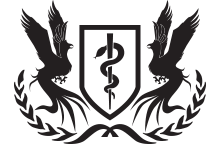
| Senior House Tutor | Dr Ng Joon Hwee | [email protected] |
| House Tutor | Dr Erwin Chan Pai Hsuing | [email protected] |
| House Tutor | Dr Lee Oh Chong Leng | [email protected] |
| House Tutor | Dr Yasmin Chamberlain | [email protected] |
| House Tutor | A/Prof Navin Kumar Verma | [email protected] |
| House Tutor | Dr Navjot Kaur Uppal | [email protected] |
| House Tutor | Dr Yap Soo Kor Jason | [email protected] |
| House Tutor | Dr Pau Lai Yin Jessica | [email protected] |
| House Tutor | Dr Low Tze-Anns' Keynes | [email protected] |
The phoenix was chosen as our house animal because it represents the element of fire, which ties in very closely with Dr Wu's belief in the use of cremation to stop the spread of the plague at all cost. His never-dampening resolve and strength of will as demonstrated in his fight against the plague lives on to this very day in all healthcare professionals, and is represented by the eternal flame of the phoenix. Lastly, the whole idea of rising from the ashes represents our belief that our house will always grow in adversity and stand up stronger wherever we may fall.

The main reason why we chose black for WLT is because black represents ash, which is where the Phoenix (our house animal) undergoes its rebirth when it is struck down. It also ties in with the modus operandi of Dr Wu Lien Teh, which was cremation of the bodies of people who have passed on from the plague.
.png?sfvrsn=b118a551_0)
House Mascot: Owl
| Senior House Tutor | Asst Prof Richard Roshan Goveas | [email protected] |
| House Tutor | Dr Freeha Ahmed | [email protected] |
| House Tutor | Dr Julia-Ann Lee | JULIAANN. [email protected] |
| House Tutor | Dr Zhang Hao Tian | [email protected]. |
The owl was chosen as our house animal because it represents wisdom, knowledge, and keen insight—qualities that Joseph Lister embodied in his pioneering work in antiseptic surgery. The owl's ability to see through darkness parallels Lister's ability to see beyond conventional medical practices and introduce revolutionary antiseptic methods. The owl also represents vigilance and precision, reflecting Lister’s meticulous approach to medical science. This spirit of wisdom and innovation is what we strive to embody in Joseph Lister House.
.png?sfvrsn=554a4f25_0)
House Mascot: Sparrow
| Senior House Tutor | Dr Teo Boon See | [email protected] |
| House Tutor | Dr Monali Runa Mukerji | [email protected] |
| House Tutor | Dr Lim Si Chi Tessa | [email protected] |
.png?sfvrsn=fdc208cc_0)
House Mascot: Bear
| Senior House Tutor | A/Prof Yung Chee Fu | [email protected] |
| House Tutor | Dr Damon Tan Jie Hui | [email protected] |
| House Tutor | Dr Dimpy Gupta | [email protected] |
| House Tutor | Dr Wong Ting Yean Sullivan | [email protected] |
